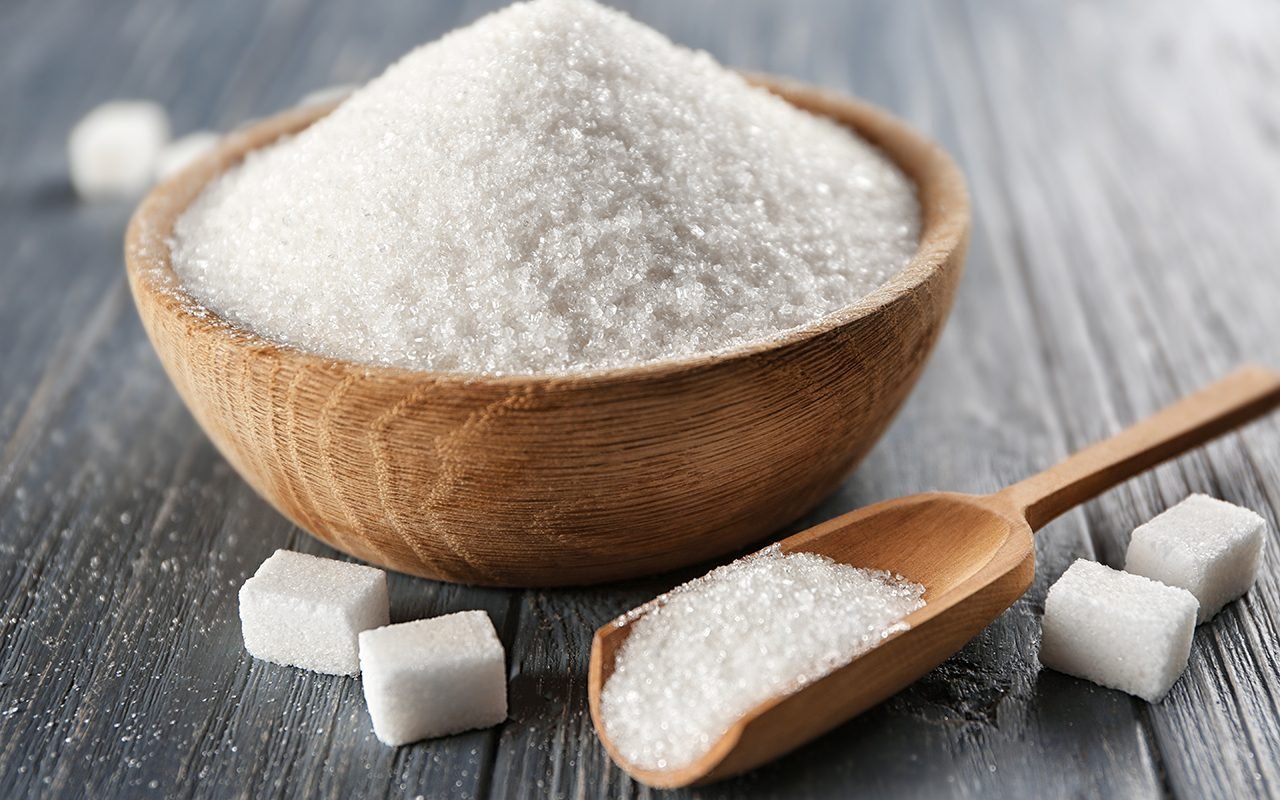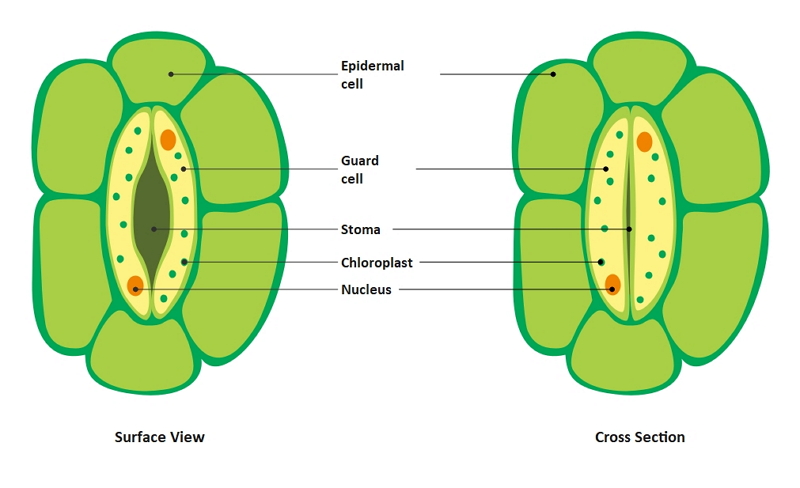Respiration
These are the cell structures where photosynthesis takes place in plant cells.
A) Mitochondria
B) Nuclei
C) Chloroplasts
D) Ribosomes

This molecule is the main energy-carrying compound produced during cellular respiration.
A) DNA
B) Glucose
C) ATP
D) Protein
C) ATP
This is the term for the stable internal environment that organisms try to maintain.
A) Evolution
B) Digestion
C) Dynamic Equilibrium
D) Respiration
C) Dynamic Equilibrium
This organelle controls the cell’s activities and contains the DNA.
A) Mitochondrion
B) Nucleus
C) Ribosome
D) Vacuole
B) Nucleus
What college did Ms. Kim attend?
Harvard
This gas enters the leaf through small openings called stomata and is used during photosynthesis.
A) Oxygen
B) Carbon monoxide
C) Nitrogen
D) Carbon dioxide
D) Carbon Dioxide
This organelle is known as the “powerhouse of the cell” because it’s where aerobic respiration happens.
A) Ribosome
B) Chloroplast
C) Mitochondria
D) Vacuole
C) Mitochondria

The pancreas helps maintain homeostasis by releasing this hormone to lower blood sugar levels.
A) Adrenaline
B) Insulin
C) Estrogen
D) Hemoglobin
This organelle controls what enters and leaves the cell, helping to maintain homeostasis.
A) Cell wall
B) Nucleus
C) Ribosome
D) Cell membrane
D) Cell membrane
100 Mr. Js or one gorilla?
100 Mr. Js
This is the main energy-rich product created during photosynthesis that plants use for growth.
A) Protein
B) Starch
C) Glucose
D) ATP
C) Glucose
This is the main purpose of cellular respiration in both plants and animals.
A) To make oxygen
B) To produce glucose
C) To release ATP from food
D) To store sunlight
C) To release ATP from food
This organ helps maintain homeostasis by producing insulin to lower blood sugar and glucagon to raise it.
Choices:
A) Liver
B) Kidney
C) Pancreas
D) Stomach
Pancreas
This large organelle stores water and other materials in plant cells and helps maintain turgor pressure.
A) Nucleolus
B) Ribosome
C) Central vacuole
D) Golgi body
C) Central vacuole
A) Museum Curator
B) Doctor
C) Software Engineer
D) Makeup Artist
B) Doctor
This environmental factor most directly affects the rate of photosynthesis in plants.
A) Soil pH
B) Wind speed
C) Light intensity
D) Sound vibrations
C) Light intensity
This gas is needed for aerobic cellular respiration to occur.
A) Nitrogen
B) Carbon dioxide
C) Hydrogen
D) Oxygen
D) Oxygen
After skipping lunch, your blood glucose drops. This hormone, also made by the pancreas, signals the liver to release stored sugar into the blood.
A) Insulin
B) Estrogen
C) Glucagon
D) Cortisol
C) Glucagon
This organelle helps transport proteins through the cell and is covered with ribosomes.
A) Smooth endoplasmic reticulum
B) Golgi apparatus
C) Rough endoplasmic reticulum
D) Cytoplasm
C) Rough endoplasmic reticulum
If Mr. J wasn't a teacher he would be a....
A) Firefighter
B) Wastewater Management Professional
C) Wildlife Photographer
D) Banker
C) Wildlife Photographer
These tiny openings on the underside of leaves open and close to regulate gas exchange during photosynthesis.
A) Xylem
B) Phloem
C) Stomata
D) Guard cells
C) Stomata 
If a person eats less food over several days, their cells will produce less of this molecule because there is less glucose available for cellular respiration.
A) Oxygen
B) DNA
C) Carbon dioxide
D) ATP
D) ATP
A person whose pancreas cannot produce enough insulin is likely to develop this condition, which disrupts homeostasis by keeping blood sugar levels too high.
A) Anemia
B) Diabetes
C) Asthma
D) Hypertension
B) Diabetes
These tiny organelles help build proteins by linking amino acids together.
A) Ribosomes
B) Nucleoli
C) Vacuoles
D) Chloroplasts
A) Ribosome
Why was Mr. Laserna out for three weeks at the start of the year?